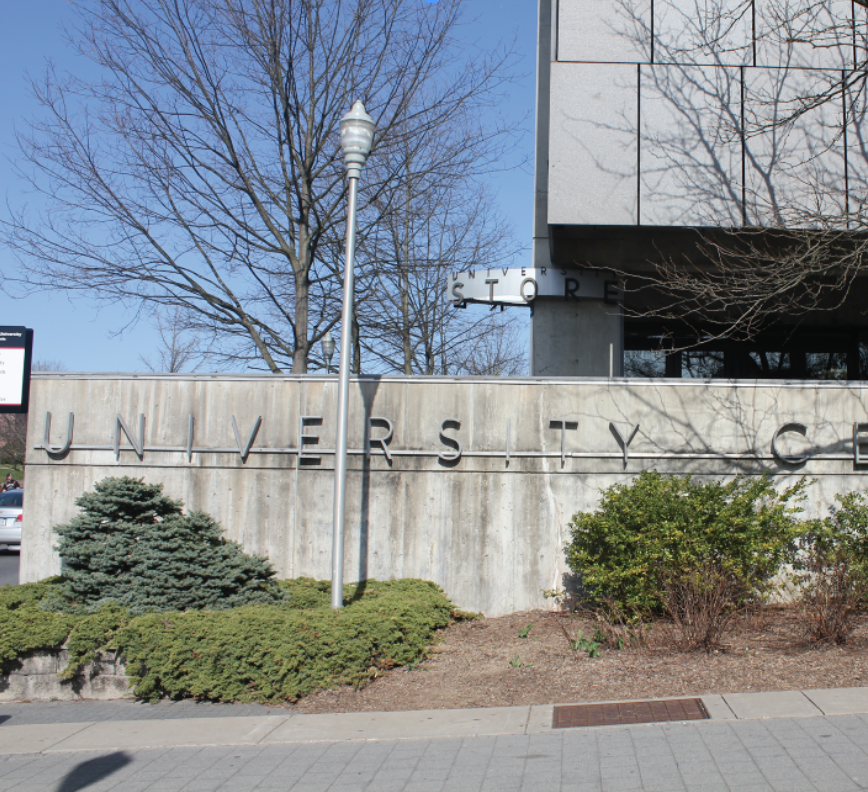
Charlese Freeman
Student Life Editor
ESU is part of a larger enrollment decline sweeping the Mid-west region of the country.
According to Inside Higher Ed, states with the largest decrease in student enrollment numbers were Florida, California, Illinois, Michigan, and Pennsylvania. Alaska, Florida, Illinois, North Dakota, Hawaii, and Kansas had the largest percentage declines.
According to Rob Smith [title], ESU’s enrollment rates for fall 2019 is down by 3.3 percent from the fall 2018 semester. The university enrolled a total of 6,425 students last fall semester. Independently, the undergraduate enrollment has declined by 5.2 percent, but graduate enrollment increased by 11.9 percent. The new total enrollment number being 6,214. The university’s enrollment rates have declined by 211 students.
The fall 2018 numbers recorded 18.2 percent of the campus as black, 11.5 percent as Hispanic and 1.9 percent as Asian. In fall 2019, the number of black students rose to 20 percent, making the new total number of black students 1,084. Taking a more in-depth look, different ethnic groups, such as African Americans and Hispanics have increased over the years.
Dr. Margaret Ball, the chair of the Theatre department, says for the next ten years there will be a decline in enrollment because there are fewer adolescents interesting in going to college. She also said that this issue of enrollment is not limited to ESU alone, but is a bigger problem in many states.
Another underlying issue with college enrollment is multiple universities across the states and regions competing for the same pool of applicants. Dr. Ball says ESU has had recruit different types of students.
“[Retention and enrollment] They run together… think of them running as a set of parallel tracks, generally, if you have a decline in your retention rates, it mirrors the decline we will see in the enrollment, not one for one, but as a portion,” said Rob Smith, Assistant Vice President of institutional effectiveness, planning, and assessment.
In fall 2017, the U.S. had a total of 16.8 million undergraduate students enrolled in post-secondary institutions, increasing to 27 percent from 2000, when enrollment was only 13.2 million students.
Enrollment, being the backbone of many functions on campus, causes individual departments to lose student representation. According to Dr. Ball, the lack of students majoring in specific areas affects how much funding each program receives as well as the different classes offered to students in the related field.
“Big businesses are looking to hire,” she said. “They want students with soft skills, those communications skills, writing skills and critical thinking skills, all skills that they learn in programs like theater, English, and philosophy. If art programs get cut back…we’re cutting all those soft skills and the idea of art and culture from the middle and working class.”
Jeff Weber said he is optimistic about student success as a constant way to keep retention rates sturdy.
“[Enrollment decrease] has a delayed effect and produces a decrease in revenue… [but] No faculty lost their jobs…” said Jeff Weber.
Weber noted that part of his job focuses heavily on students’ success, which directly affects the retention rates on campus.
The Inside Higher Ed website says “Possible explanations, according to the study, include a possibility that more of these graduates are entering the workforce without a degree, that these graduates may not see the economic value of higher education or that the data reflect the shift in enrollment patterns seen at the end of an economic downturn.”
The decrease in college enrollment rates remains heavily influenced by the number of high school graduates. Many decide to dive into the workforce as opposed to starting a college career. With many universities struggling to compete with each other and outside factors enrollment is even more important.
Email Charlese:
cfreeman2@live.esu.edu

